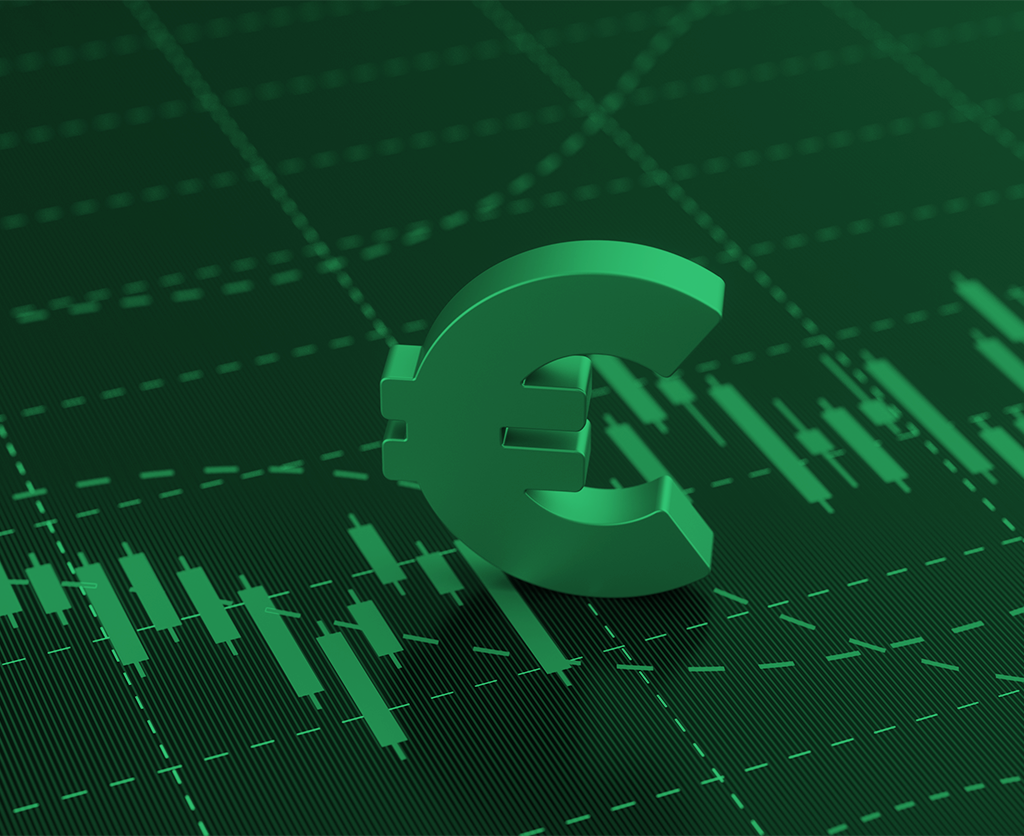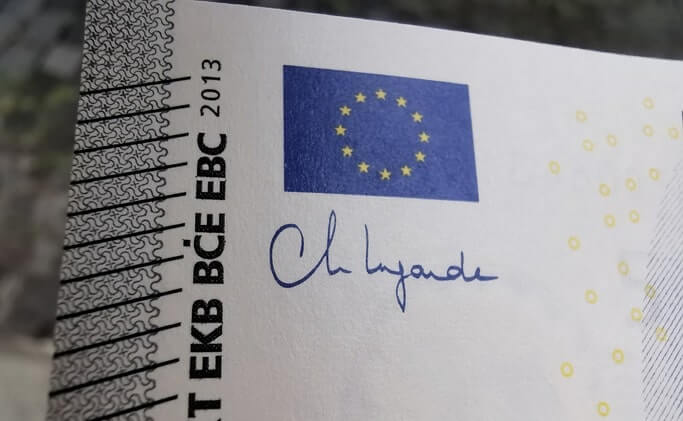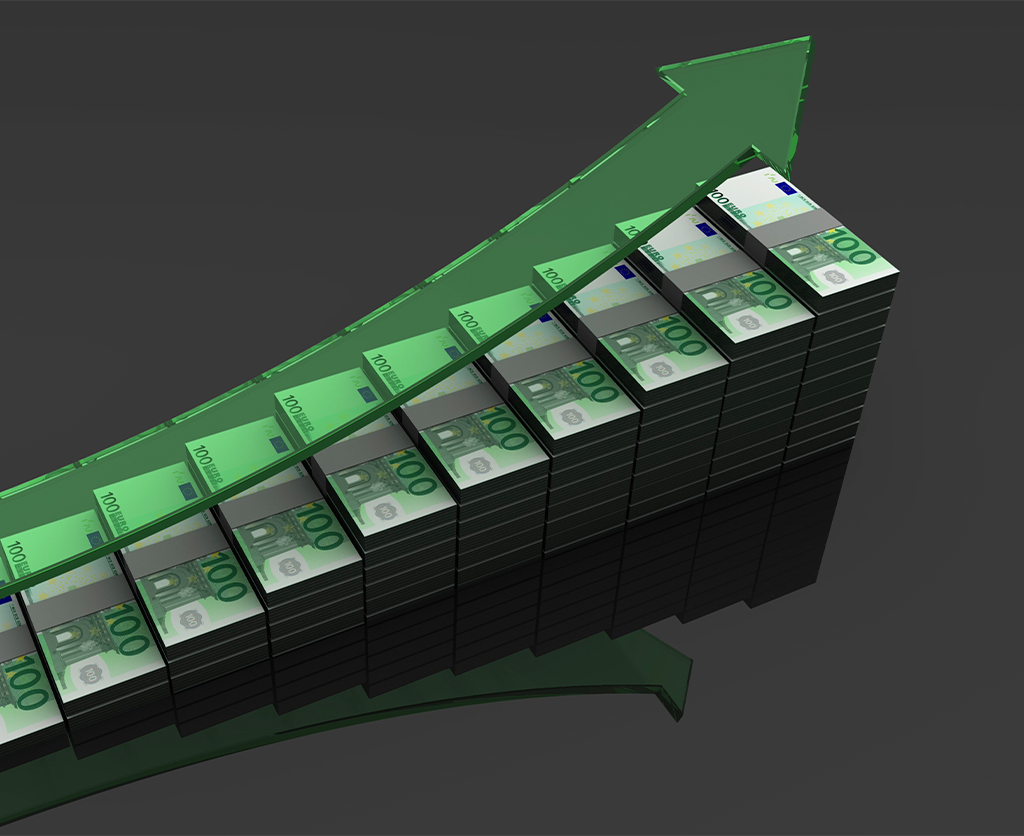Trading the EUR Crosses

When it comes to forex trading, the EUR crosses, or currency pairs involving the euro as the base or quote currency, offer an array of opportunities for traders. Trading the EUR crosses requires a solid understanding of the factors that influence the euro’s value and the unique dynamics of each cross pair. In this comprehensive guide, we will explore the essential strategies, tips, and considerations for successfully trading EUR crosses.
Understanding EUR Crosses
EUR crosses refer to currency pairs that do not include the US dollar. The euro is one of the world’s major currencies, and trading its crosses allows traders to diversify their portfolios and capitalize on the euro’s strength or weakness relative to other currencies. Examples of popular EUR crosses include EUR/GBP, EUR/JPY, EUR/AUD, and EUR/CAD.
Let’s delve deeper into the concept of EUR crosses:
1. Euro as the Base Currency: When the euro serves as the base currency in a cross pair, such as EUR/GBP or EUR/JPY, it means that the value of the cross pair is expressed in terms of how much of the quote currency (GBP or JPY) is needed to buy one unit of the euro. For example, in EUR/GBP, a quote of 0.8500 means that 1 euro is equivalent to 0.8500 British pounds.
Trading euro-based crosses allows traders to speculate on the euro’s performance against other currencies directly. It is important to monitor economic indicators and news related to the eurozone as they can impact the euro’s value, which in turn affects the cross pair.
2. Euro as the Quote Currency: When the euro is the quote currency, as seen in pairs like GBP/EUR or JPY/EUR, it means that the value of the cross pair indicates how much of the base currency (GBP or JPY) is needed to buy one unit of the euro. For instance, a quote of 1.2000 in GBP/EUR implies that 1 euro is equivalent to 1.2000 British pounds.
Trading euro-quoted crosses involves assessing the performance of the base currency relative to the euro. Traders need to analyze the factors impacting the base currency while considering any eurozone-specific developments that may influence the cross pair.
Analyzing Cross Pair Dynamics
Each EUR cross pair has its own unique dynamics influenced by the underlying economies and their respective factors. Therefore, it is crucial to conduct a thorough analysis and consider the following aspects:
- Correlation Analysis: Assess the correlation between different EUR crosses. Positive correlation suggests that pairs move in the same direction, while negative correlation implies they move in opposite directions. By understanding these relationships, traders can diversify risk and identify potential trading opportunities.
- Economic Factors: Monitor the economic data and news for both the eurozone and the currency of the cross pair. Economic indicators such as GDP growth, inflation rates, and employment figures impact the currencies’ value and subsequently influence the cross pair.
- Central Bank Policies: Keep an eye on the monetary policies and announcements of both the European Central Bank (ECB) and the central bank of the cross pair’s currency. Interest rate decisions, policy outlooks, and quantitative easing measures can significantly impact the cross pair.
Economic Factors Affecting the Euro

To trade EUR crosses effectively, it is crucial to stay informed about the economic factors that impact the euro’s value.
Key indicators to monitor include:
a. Eurozone Economic Data: Keep an eye on GDP growth, inflation rates, unemployment figures, and central bank policies. Strong economic performance often leads to a stronger euro, while weak data can lead to depreciation.
b. European Central Bank (ECB) Announcements: ECB statements, interest rate decisions, and quantitative easing programs can significantly influence the euro’s value. Pay attention to any policy shifts or indications of future monetary policy actions.
c. Political and Geopolitical Events: Factors such as elections, political stability, and regional conflicts can affect the euro. Stay updated on major political developments within the Eurozone and its trading partners.
Research and analysis – main focus

1. Technical Analysis: Apply charting tools, indicators, and patterns to identify trends, support and resistance levels, and potential entry and exit points. Key technical indicators to consider include moving averages, trend lines, Fibonacci retracements, and oscillators like the Relative Strength Index (RSI) or Moving Average Convergence Divergence (MACD).
2. Correlation Analysis: EUR crosses often exhibit correlations with each other due to economic and geopolitical factors. Conduct correlation analysis to understand the relationships between different EUR crosses. Positive correlation suggests that pairs move in the same direction, while negative correlation implies they move in opposite directions. By assessing correlations, traders can diversify risk and identify potential trading opportunities.
3. Fundamental Analysis: Supplement your technical analysis with fundamental analysis to gain a comprehensive view of the market. Keep track of relevant news, economic reports, and central bank announcements that impact the euro and its crosses. Analyze interest rate differentials between the euro and other currencies, as they can influence cross pair movements.
4. Risk Management: Effective risk management is crucial in any trading strategy. Set appropriate stop-loss and take-profit levels to manage potential losses and secure profits. Implementing proper risk-reward ratios and position sizing techniques can help minimize losses and protect your trading capital.
5. Monitoring Market Sentiment: Market sentiment plays a vital role in forex trading. Keep track of market news, sentiment indicators, and social media discussions to gauge market sentiment. Sentiment can influence trading decisions and provide insights into potential shifts in the EUR crosses.
Markets News and Sentiment analysis are available to all of our Traders on our website’s instrument all details pages and also it is included amongst the features of our Economic Calendar.
6. Practice and Continual Learning: Trading EUR crosses, like any form of trading, requires practice and continuous learning. Open a demo trading account to test your strategies without risking real money. Review and analyze your trades to identify strengths and weaknesses. Stay updated with market news, read books, attend webinars, and engage in forums to enhance your trading skills.
The EUR pairs historical volatility analysis

Historically, the volatility of currency pairs can change over time due to various factors such as economic conditions, central bank policies, geopolitical events, and market sentiment. However, there are a few EUR pairs that have often exhibited higher levels of volatility compared to others.
Here are some of the historically more volatile EUR pairs:
- EUR/JPY (Euro/Japanese Yen): EUR/JPY is known for its potential volatility due to the combination of two major currencies. Volatility in this pair can be influenced by economic indicators from both the Eurozone and Japan, monetary policy decisions by the European Central Bank (ECB) and the Bank of Japan (BOJ), as well as market sentiment towards risk.
- EUR/GBP (Euro/British Pound): EUR/GBP can experience significant volatility due to economic and political developments in both the Eurozone and the United Kingdom. Factors such as Brexit-related news, interest rate decisions by the Bank of England (BOE) and the ECB, and economic data releases can contribute to heightened volatility.
- EUR/AUD (Euro/Australian Dollar): EUR/AUD is often considered a volatile pair due to the differing economic conditions and commodity price influences on the Australian dollar. Economic indicators, monetary policy decisions by the Reserve Bank of Australia (RBA) and the ECB, as well as commodity market movements, can impact the volatility of this pair.
- EUR/CAD (Euro/Canadian Dollar): EUR/CAD can exhibit volatility influenced by economic indicators from the Eurozone and Canada, as well as commodity price fluctuations, particularly in relation to oil. Monetary policy decisions by the Bank of Canada (BOC) and the ECB also play a role in the pair’s volatility.
- EUR/NZD (Euro/New Zealand Dollar): EUR/NZD can be subject to increased volatility due to economic indicators from the Eurozone and New Zealand, interest rate decisions by the Reserve Bank of New Zealand (RBNZ) and the ECB, as well as commodity price movements, particularly related to dairy products.
Trading the EUR crosses could offer ample opportunities for forex traders. By understanding the economic factors impacting the euro, utilizing technical and fundamental analysis, managing risk effectively, and staying informed about market sentiment, you can enhance your chances of success in trading EUR crosses. Remember to develop a well-defined trading plan, adapt to changing market conditions, and continually improve your skills.
* The information provided here has been prepared by Eightcap’s team of analysts. All expressions of opinion are subject to change without notice. Any opinions made may be personal to the author and do not reflect the opinions of Eightcap.
In addition to the disclaimer on our website, the material on this page does not contain a record of our trading prices, or represent an offer or solicitation for a transaction in any financial instrument. Eightcap accepts no responsibility for any use that may be made of these comments and for any consequences that result. No representation or warranty is given as to the accuracy or completeness of this information. Consequently, any person acting on it does so entirely at their own risk. Any research provided does not have regard to the specific investment objectives, financial situation and needs of any specific person who may receive it. It has not been prepared in accordance with legal requirements designed to promote the independence of investment research and as such is considered to be a marketing communication.
Please note that past performance is not a guarantee or prediction of future performance. This communication must not be reproduced or further distributed without prior permission.


